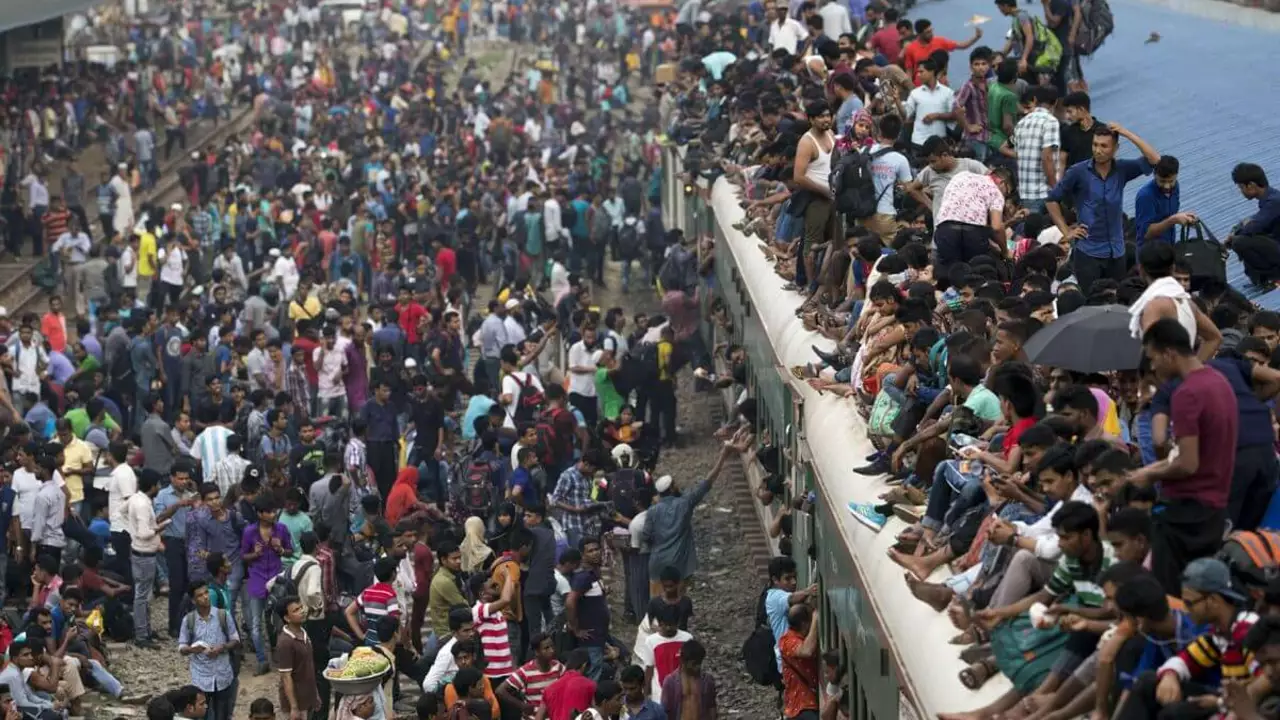India's population boom can be attributed to a few key factors. Firstly, high fertility rates in the past have created a 'population momentum'. Secondly, improvements in medical technology and healthcare have led to increased life expectancy. Lastly, traditionally, larger families are often seen as a source of economic and social security. So, in a nutshell, a combination of historical, cultural, and technological factors have contributed to India's high population.
India Population: Key Facts You Need to Know
India's population is huge—over 1.4 billion people. That makes it the second‑largest country by headcount after China. The numbers keep changing, so staying up‑to‑date helps you understand everything from market size to social services.
Current Population Snapshot
As of the latest estimates, about 1.42 billion Indians are alive today. The average age sits around 28 years, which means a very young workforce. Roughly 24 % of the people are children under 15, while only about 6 % are seniors over 65. The growth rate has slowed to just over 1 % a year, but because the base is so large, the total still adds up.
Geographically, the most crowded states are Uttar Pradesh, Maharashtra, and Bihar. They each have well over 100 million residents. In contrast, the smaller union territories like Lakshadweep have just a few thousand people. Urban areas are expanding fast, with cities like Delhi, Mumbai, and Bengaluru pulling in millions from the countryside.
What the Numbers Mean for You
If you're a business owner, the sheer size of the market offers massive opportunities. A youthful audience means high demand for education, tech gadgets, and entertainment. Companies that cater to mobile users or online services can tap into a huge, tech‑savvy crowd.
For job seekers, the growing labor pool translates to competition but also to networking chances. Industries like IT, manufacturing, and renewable energy are hiring fast to keep up with development goals. Knowing the age profile helps you pitch the right skills.
Policymakers watch these stats to plan for schools, hospitals, and pensions. A younger population pushes the need for more schools and skill‑training programs, while a slowly rising senior count signals future pressure on healthcare and retirement systems.
Investors look at population growth as a sign of future consumption. A large, young market often signals rising middle‑class spending, which can boost sectors like real estate, consumer goods, and digital services.
Travel and tourism also feel the impact. More people means more domestic travelers, and a young crowd loves exploring new places, trying new foods, and sharing experiences online.
Overall, the India population picture is one of size, youth, and steady growth. Whether you're planning a marketing campaign, selecting a career path, or shaping public policy, these numbers give you a solid grounding.
Keep an eye on official updates from the Census and the Ministry of Statistics. They release new data every few years, and each release reshapes the narrative around India's future.
In short, understanding India's population helps you make smarter choices—whether that's launching a product, choosing a job, or drafting a development plan. The data is the foundation; your actions build the rest.
